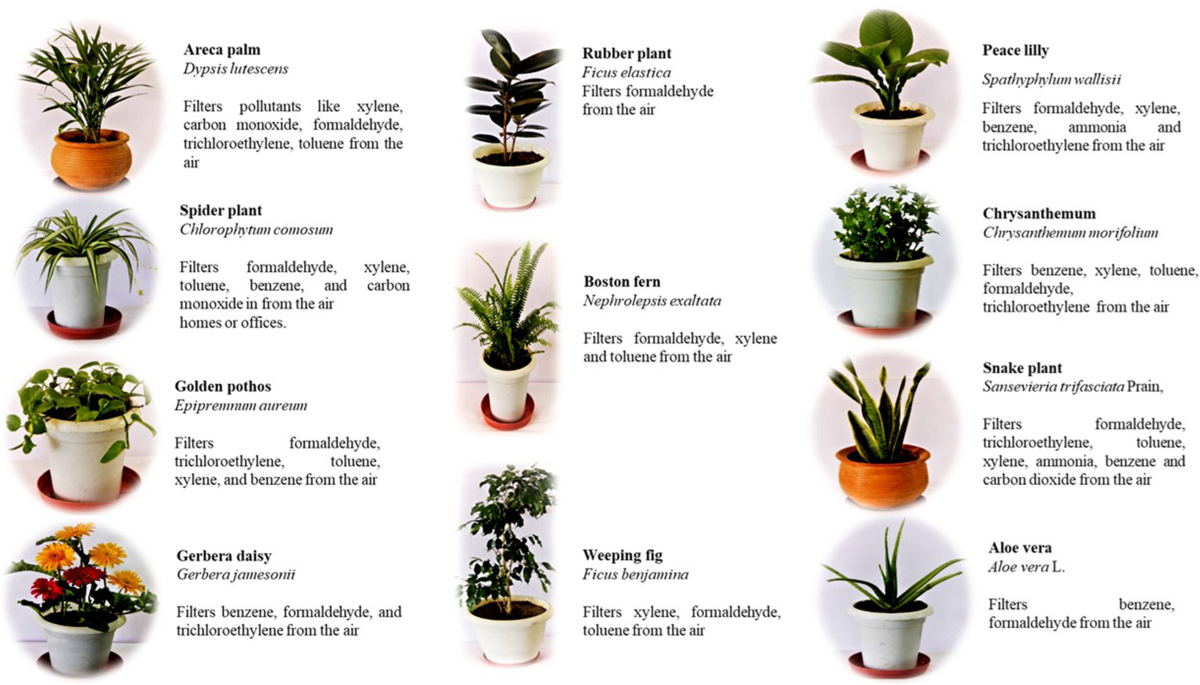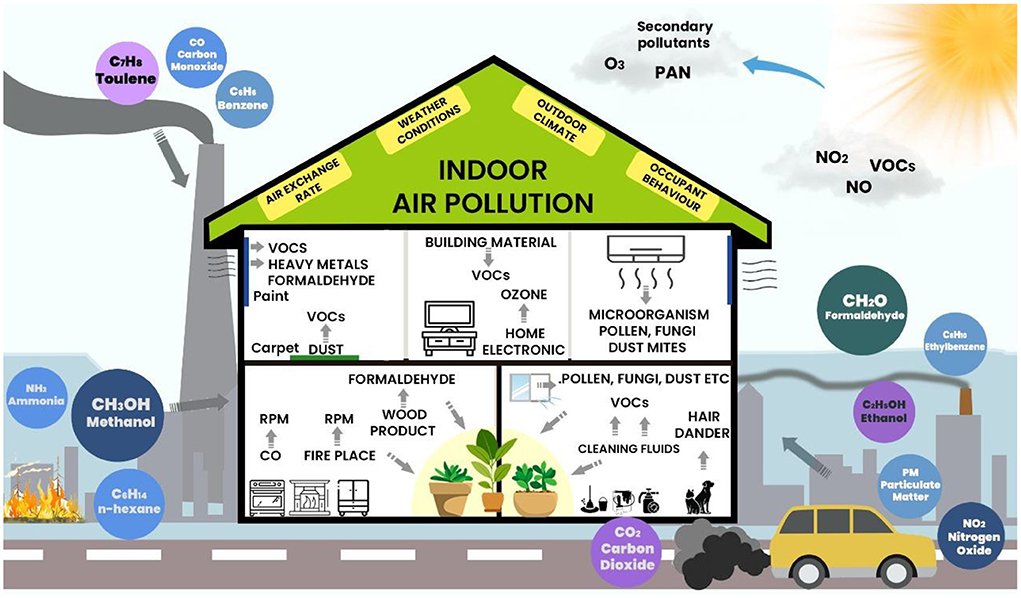Reducing Fine Dust at Home Project: Ventilation and Air-Purifying Plants
Reducing Fine Dust at Home Project: Ventilation and Air-Purifying Plants
Fine dust, also known as particulate matter (PM), is an invisible threat that can significantly impact indoor air quality and pose serious health risks. Since most people spend a large portion of their time indoors, especially children and the elderly, reducing fine dust at home should be a top priority. In this blog post, we will discuss effective ways to reduce fine dust levels through proper ventilation and the strategic use of air-purifying plants.
Why Is Reducing Fine Dust at Home Important?
Fine dust particles, especially PM2.5 and PM10, can easily enter the home from outdoor pollution, household activities, and even synthetic furnishings. Exposure to these particles can lead to respiratory issues, allergies, and even cardiovascular problems. Therefore, maintaining clean indoor air is essential for long-term health and well-being.
Step 1: Optimizing Ventilation
Proper ventilation is crucial in reducing fine dust levels indoors. Here are some effective methods to ensure adequate air circulation while minimizing dust exposure:
1. Regular Natural Ventilation
-
Open Windows Strategically: Open windows during low pollution hours (usually early morning or late evening).
-
Cross Ventilation: Open windows on opposite sides to create airflow that pushes dust out.
-
Monitor Air Quality: Use apps or devices to check the air quality before ventilating.
2. Mechanical Ventilation Systems
-
Exhaust Fans: Use kitchen and bathroom fans to expel stale air and moisture.
-
Air Exchange Systems: Consider investing in systems that replace indoor air with filtered outdoor air.
-
HVAC Maintenance: Clean and replace HVAC filters regularly to maintain efficiency.
3. Air Purifier Utilization
-
HEPA Filter Models: Choose purifiers equipped with HEPA filters to capture particles as small as 0.3 microns.
-
Activated Carbon Filters: These help remove odors and VOCs that may accompany fine dust.
-
Placement Matters: Position air purifiers in high-traffic or high-dust areas.
Step 2: Integrating Air-Purifying Plants
Plants are not only aesthetically pleasing but also beneficial for indoor air quality. Some plants naturally reduce fine dust and absorb airborne toxins.
Best Air-Purifying Plants for Reducing Fine Dust:
-
Snake Plant (Sansevieria): Excellent for filtering formaldehyde, benzene, and dust particles.
-
Spider Plant (Chlorophytum comosum): Removes carbon monoxide and dust from the air.
-
Peace Lily (Spathiphyllum): Absorbs mold spores and improves humidity levels.
-
Boston Fern (Nephrolepis exaltata): Naturally humidifies the air and reduces airborne particles.
-
Areca Palm (Dypsis lutescens): Effective in removing indoor air pollutants and improving moisture.
-
Rubber Plant (Ficus elastica): Reduces dust by trapping particles on its large, glossy leaves.
Placement Tips for Air-Purifying Plants
-
Near Windows: Place plants close to natural light sources for optimal growth and air filtration.
-
High-Traffic Areas: Position plants where dust tends to accumulate, such as entryways and living rooms.
-
Avoid Clutter: Keep plant leaves dust-free by wiping them regularly to maintain their air-purifying abilities.
Step 3: Routine Maintenance and Cleaning
Maintaining your plants and ventilation systems is essential to maximize dust reduction:
-
Leaf Cleaning: Dust the leaves regularly to improve the plants’ air-purifying efficiency.
-
Watering and Care: Follow proper care guidelines to keep plants healthy and effective.
-
Filter Maintenance: Replace air purifier and HVAC filters according to manufacturer recommendations.
-
Regular Dusting and Vacuuming: Use a vacuum with a HEPA filter and wet mop floors to trap fine particles.
Final Thoughts
Reducing fine dust at home is not just about one-time cleaning but a continuous effort to maintain good indoor air quality. By combining effective ventilation strategies with air-purifying plants, you can create a healthier living environment for you and your family. Take action today to minimize dust exposure and breathe cleaner, fresher air every day.
Amazon best seller






Comments